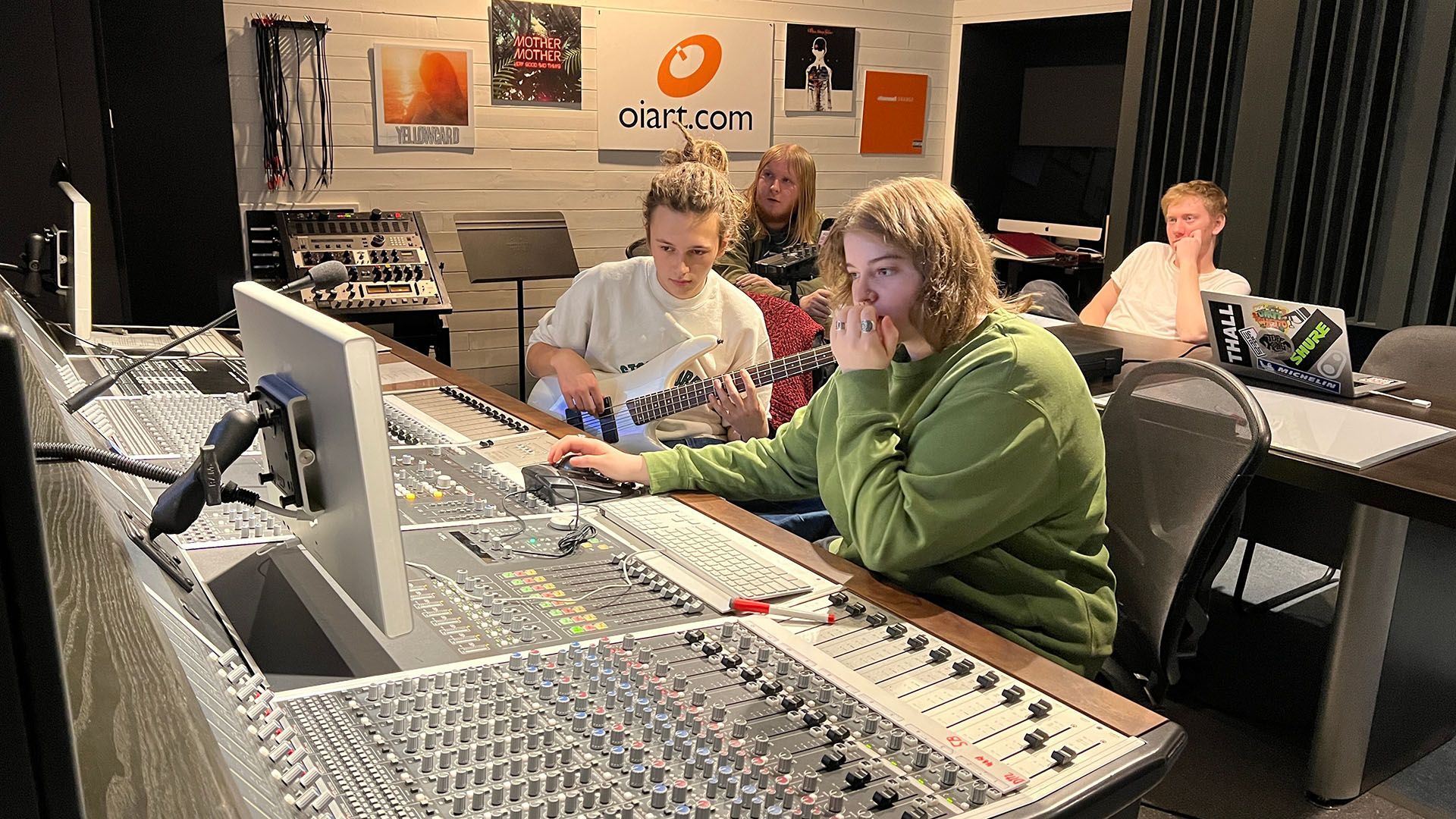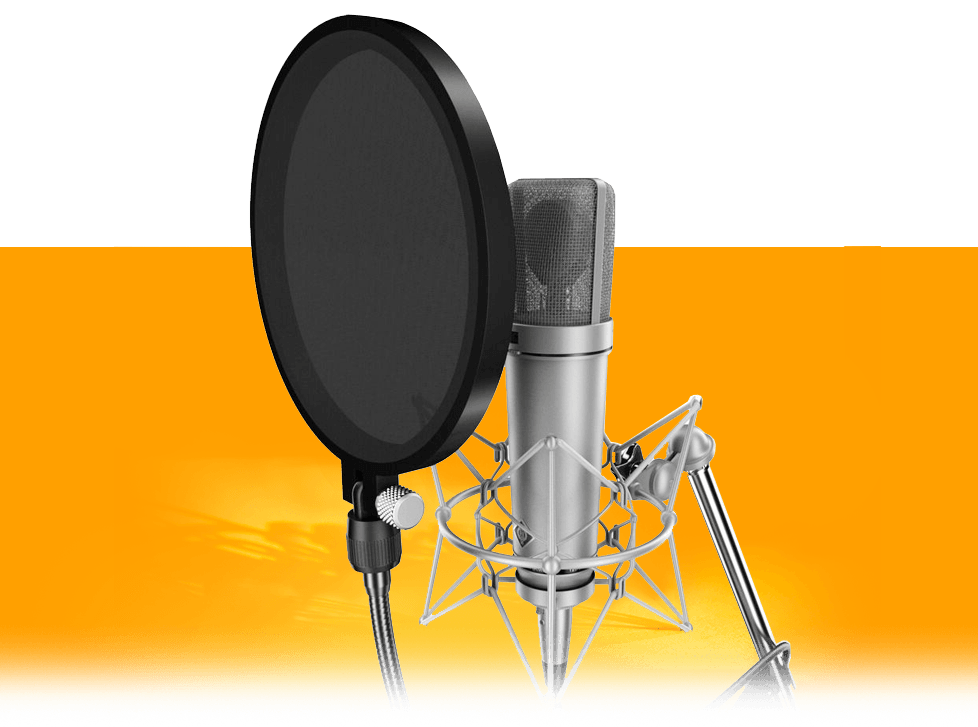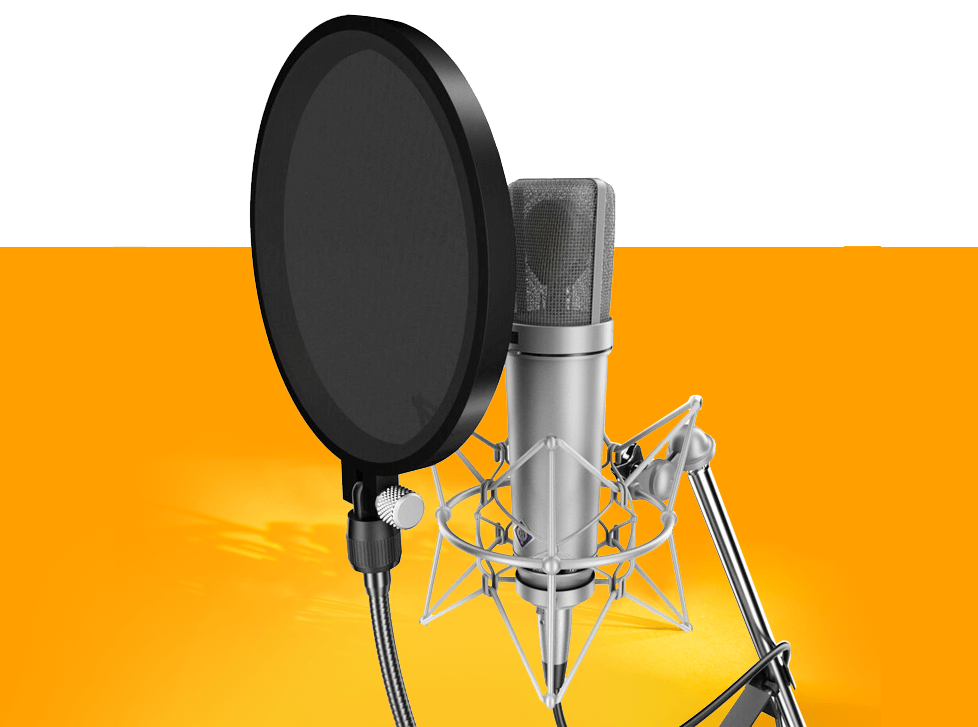Top 5 Production Techniques for 2023
Jeremy Alves | May 21, 2023
Music production is constantly changing, with some techniques becoming exceedingly popular while others fade away. There are also plenty of timeless techniques to master, but the world of music and sound production will continuously evolve.
Specific production techniques affect the mood, quality, and sound of the final track. These techniques are specific tools and skills you apply to channels or even the master track that modifies the existing composition.
Sometimes a technique makes noticeable changes, but other techniques are subtle while still enhancing overall quality. Most people don’t specifically hear a sidechain kick and bassline, but they’ll still appreciate the clearer low frequencies and enhanced rhythm that result from it.
OIART graduates work in everything from music production to video game sound design, all thanks to the skills they learned via our 11 month program and we’re ready to help you, too. If you’re already eager to begin the path toward becoming a professional music/audio producer, apply to OIART to learn these and many more techniques directly from industry leading instructors.
Let’s take a look at the
top five production techniques that are crucial for any producer to know in 2023. We’ll not only describe them but also explore how you can put them into practice in your next project.
1. Control Muddy Sound with Filters and EQs
“Muddy sound” is a result of frequency masking, which is when two or more channels overlap on the same frequency range. Unlike other frequency masking issues solved by sidechaining (which we’ll discuss below), the muddy sound is fixed by eliminating frequencies that are out of place entirely.
For example, you might have a snare, which should be in the mid to high-frequency range, that has too much low frequency. This frequency isn’t involved in producing the sound you want and instead interferes with your kicks or bassline. So the solution is to remove the unwanted frequencies with filters or equalizers (EQs), sometimes both.
Filters and EQs provide similar functionalities, but you’ll usually have different tools to work with. Attending one of the top music producer programs will focus heavily on how to use equalizers to mix and master your track.
In this context, you’ll apply filters or modify EQs to any tracks with frequencies that are muddying the waters. Generally, you’ll want to start with filters and only use EQs if necessary.
Using our snare example, you can apply a high pass filter to the channel so that only frequencies above the stated threshold are processed. If there’s still too much unwanted noise, you can use an EQ specific to the snare channel to modify the unwanted frequencies.
2. Experiment with Stuttered Vocals
You’ve likely heard stuttered vocals used in hip-hop, EDM and pop. This technique uses specific VSTs that sample and repeat segments of vocals. Some songs use vocal stutters for the entire hook; others use them as backing vocal chops.
Back in the 80s and 90s, hip-hop DJs accomplished vocal stuttering (and arguably pioneered it) by mixing and scratching vocals from different records. It’s typically done with VSTs now, but the overall result is a compelling method for vocal manipulation.
Creating stuttered vocals depends on your available tools. A popular method is to use Izotope’s VocalSynth2’s Shred module, but other VSTs and built-in tools can also be used. These VSTs let you configure how often a vocal sample is captured, and then a step sequencer dictates how the sample is repeated.
You can couple stuttered vocals with other vocal manipulations to create interesting results. For example, adding a vocoder and chorus can make it robotic yet rhythmic. Experiment with different possibilities and start integrating what you like into your track.
3. Explore Time Stretching and Pitch Shifting
Time stretching and pitch shifting are two more manipulation techniques typically used with vocals. These two effects are achieved with VSTs, often built-in to your DAW, and can be considered opposite techniques:
- Pitch shifting: This technique changes pitch without affecting playback speed.
- Time stretching: Conversely, time stretching affects playback speed without affecting pitch.
If you tried to do either technique without the right VSTs, you’d experience the correlation between pitch and time when working with an audio file — trying to make the track shorter affects pitch and vice versa.
That’s why these two purpose-built VSTs were developed and popularized. Now you can have only the desired effect and plenty of ways to configure it.
Pitch shifting was used for the voices in Alvin and the Chipmunks and was later used in music for Daft Punk’s “Technologic.” Modern VSTs make it incredibly easy to do this; simply add the plugin to the channel you want to shift. You might not want a dramatic effect like “Technologic,” but subtle pitch shifting can do wonders for creating the right sound.
Time stretching is also done through built-in utilities or VSTs. Still, one crucial thing to remember is that you can introduce audio artifacts — pops and glitches caused by manipulating the time. Different resampling methodologies can help alleviate this, as can a high-quality time-stretching VST or separate audio processing tool.
You should learn how to use both methods and fully understand how to configure your chosen tools. Properly executing both techniques takes a track from mediocre to impressive.
4. Become a Master of Sidechaining
One of the crucial skills to learn for production in music is sidechaining. This core skill is the solution to frequency masking, which is when two or more individual tracks take up the same frequency and interfere with each other. Frequency masking can significantly degrade the quality of the overall track.
Sidechaining is a method of connecting the output between two or more channels so that one becomes quieter when the other is playing. A widespread example is the bassline and kick drum, which can always interfere and in some genres failing to sidechain them makes it overwhelming to listen to.
The exact steps will vary based on your DAW and chosen VSTs, but generally, sidechaining is accomplished by:
- Start by applying a compressor to the channel that should become quieter, such as the bassline.
- Feed the output from another channel, such as the kick, into the compressor’s sidechain detector.
- The kick will now quiet the bassline whenever it kicks. Listen to both tracks and make adjustments within the compressor as needed.
The above usage of kicks and basslines is undoubtedly the most common, but you can use side chains to add rhythm and more dynamics throughout your tracks. For example, if you’re using long, ambient pads, you can sidechain them to the melody or vocals to give them more rhythm.
5. Use Reverb Judiciously
Reverb is often overused and misused by novices and hurts the overall quality of the final track. And yet, reverb is necessary to get the right sound for nearly every song.
The solution is to use reverb judiciously — be tactful with how and when you use reverb. Overdoing can result in being “awash in reverb.” Having a track awash in reverb often means the drums were overdone, resulting in drowning out the melody, vocals, and chord progression.
Carefully consider if reverb is the best choice, whether you’re looking at using reverse reverb to create engaging vocals or more traditional usages to add depth to a snare. All DAWs used for music production will include some free or stock VST plugin to test and learn the different parameters for how reverb will impact your overall sound.
When using trial and error, learn to adjust reverb return levels properly, notch out space in the mix for each sound, and roll off unwanted reverb tails. It’s not just about using reverbs sparingly but also using them correctly.
Bonus: Critically Listen to Music Every Day
Becoming a better producer and learning new techniques doesn’t only happen in the DAW — listening to music you like helps evolve your skills and understanding of what makes a track intriguing and memorable or what makes it mediocre.
Most days, you likely already listen to music, but don’t always just listen passively. Set aside time to listen actively and critically.
Break down what you like and dislike, and think about how the producer made the track. Analyzing popular music or your all-time favourite songs with this focus turns them into a way to advance your skills. Listen to the same track repeatedly and even take notes.
It’s just like how a professional chef can taste a new meal and can isolate its ingredients; a skilled producer can analyze a song just by listening to it and reverse engineer it. Someone else might just enjoy the meal or dance to the song, but industry experts can take away much more from them.
Become a Professional Music Producer with OIART
Putting the above skills to work to produce a high-quality track will take a significant amount of knowledge and experience. Each of the above techniques is some of the nuts and bolts involved with music production, but there’s much more to learn to start producing high-quality songs.
Fortunately, you can find programs that focus on teaching you the core skills necessary to get moving with music production. As one of the top music production schools in Canada, OIART has prepared students for a range of careers in music production and audio engineering.
Apply now to secure your seat for next year.
Ready to Start?
OIART's Audio Program Includes:
✓ Small Class Sizes
✓ On Site Facilities
✓ Industry Leading Instructors
✓ Post Grad Support & Guidance
✓ Exclusive 11 Month Program
Top Reasons Why You Should Choose OIART.
Have Questions?
If you have questions about our audio engineering and music production program or would like to book a tour, we would be pleased to speak with you.
Text Us: 519.200.4151
Share This With a Fellow Music Lover
Apply in 4 Steps!
Step 1: Click apply now.
Step 2: Answer 8 questions about yourself.
Step 3: Upload supporting documents.
Step 4: That's it! You are done.
Share this with fellow music lovers



